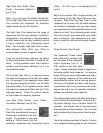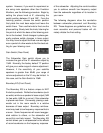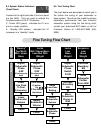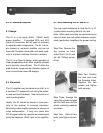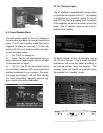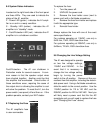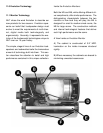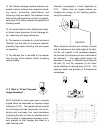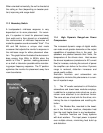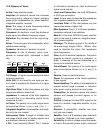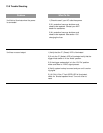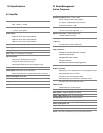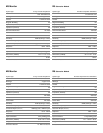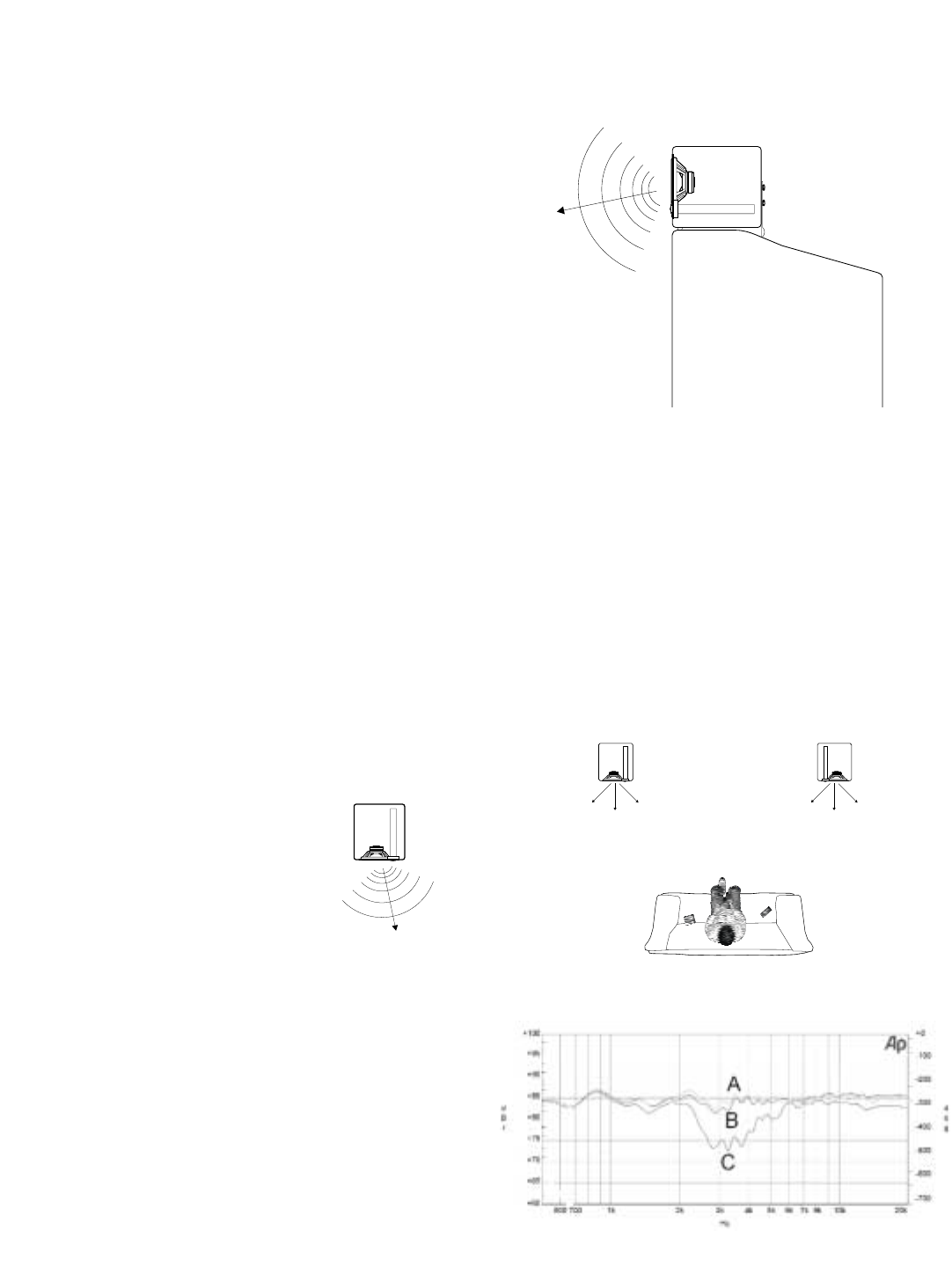
C) The internal midrange chamber features non-
parallel internal surfaces that randomize stand-
ing waves, eliminating comb-filtering and
improving clarity and detail. The chamber is also
sized to the midrange driver so that it is acousti-
cally small. This further reduces the possibility of
standing waves.
D) The small footprint of the Neodymium tweet-
er allows closer placement to the midrange dri-
ver, improving mid-range coherence.
E) The tweeter is mounted to a solid aluminum
“Wonder” bar that acts as a massive heatsink,
providing high power handling and less power
compression.
F) The Wonder Bar is mounted to the tweeter
from the rear of the cabinet, further increasing
cabinet rigidity.
11.2 What is "Virtual" Focused
Image Geometry?
NHT's hallmark for many years was a uniquely
angled which we described as Focused Image
Geometry (F.I.G.). The angled cabinet focused
the mid-range and high frequencies into the lis-
tening room and away from room boundaries
increasing the ratio of direct to reflected sound.
This resulted in loudspeakers systems univer-
sally praised for their imaging and detail to a
wide listening area.
Evolution incorporates a "virtual" adaptation of
F.I.G. Rather than an angled cabinet, we
increase the energy at the listening position
using the crossover.
When Evolution monitors are vertically oriented
and the tweeters on the inside edge of the cabi-
net the null created in the crossover between
the mid and high frequency drivers is directed at
the sidewalls. The graph below shows the
decrease in energy, or reflected sound towards
the wall (C) and the compared to the direct
sound radiating at listening area (A & B). This
improves detail and provides a 3-dimensional
soundstage.
Television
CA
BB
AC



